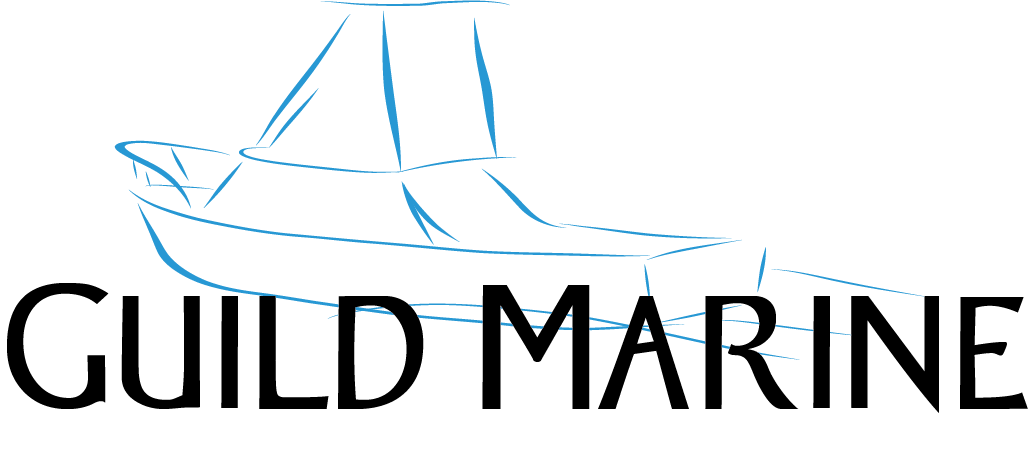Pre Launch Boat Checklist
To ensure a safe and happy summer of boating spring is the time to get your boat ready for launch. With proper maintenance and cleaning, you’ll spend more hours out on the water versus docked or in for service. No Boater wants to be on dry land waving as boats go by out into the open waters. By following a simple boat maintenance checklist in spring you’ll have a full summer of fun in the sun!
Fuel System
- Conduct a total checkup of the fuel system for leaks or damage to fuel hoses, including connections and tank tops.
- A damaged fuel hose may be soft, brittle or appear to be cracking.
- Replace essential components and double check that you’ve tightened all fittings and clamps.
- Confirm engine, exhaust and ventilation systems are working correctly.
- Check before pumping fuel making sure it doesn’t contain over 10% ethanol (E10) which will damage engine.
Electric System
- Check all electrical connections checking for corrosion and making sure all connections haven’t loosened.
- Remove any corroded terminals and wire brush to clean them, as well as all cable ends.
- Be sure to have electrical systems inspected by a qualified technician.
Fluid Levels
- Check all fluid levels, including engine oil, power steering, power trim reservoirs and coolant.
- Change the engine oil, oil filter and drive lubricants if not completed prior to winterization.
Belts, Cables & Hoses
- Check belts, cables, and hoses that may have become brittle and cracked through winter storage.
- Make sure belts are secured tightly around pulleys in order to prevent slipping.
- Look for black residue by the pulley indicating a worn belt that will also fit loosely.
- Inspect outer jacket of throttle, shift and steering control cables for cracks or swells that would indicate a possible internal corrosion and immanent failure.
Propellers & Hulls
- Inspect propellers for any dings or cracks since damaged propellers can cause vibration and in turn damage drive train.
- Be sure to check propeller is secured properly replacing necessary bearings.
- While examining the hull, check for blisters, distortions and cracks. Then, clean the hull, deck, and topsides using an environmentally safe cleaner.
- Always check drain plug is securely in place prior to every launch.
Batteries
- Check state of charge level and charge if needed.
- Inspect exterior for cracks and corrosion on the terminals.
- Clean battery terminals with wire brush.
- Lubricate with anti corrosion spray on the connection after cleaning to avoid seasonal corrosion.
- Clean cables and connection ends checking for fraying.
- Secure all batteries in the boat up to standards and tighten battery connections.
Dock & Anchor Lines
- Check dock lines and anchor lines for damage such as deterioration and replace if necessary.
Safety Gear
- Inspect life jackets making sure they are in good condition and there are enough on board.
- Make sure each life jacket is the correct size for the person’s body weight wearing it.
- Make sure all onboard fire extinguishers are the correct class for the vessel, and are fully charged and are properly stored.
- Be sure to put one installed and working carbon monoxide detector in any enclosed area.
- Inspect your flare safety kit on board and test any electronic beacon devices as well as perform a VHF radio check.
Cleaning & Cosmetics
- Wash the entire boat, including the bilge.
- Polish and wax all surfaces. Doing so will make cleaning the boat much easier.
- Inspect the bottom paint if you have it and reapply a coat or touch up if needed.
- Inspect all fiberglass surfaces for small chips or damage. Have any damage repaired by a professional to prevent further more costly repairs down the road.
- Check canvas and covers for any loose stitching. Apply waterproofing if necessary.
While every vessel is different, this checklist isn't one size fits all but we hope it helps guide you and keep your time on the water as smooth as possible.


